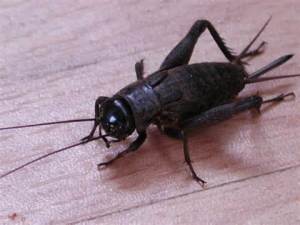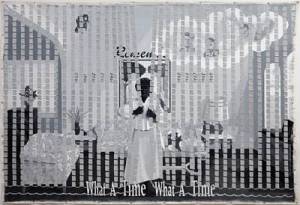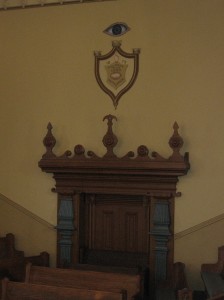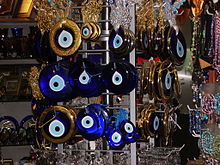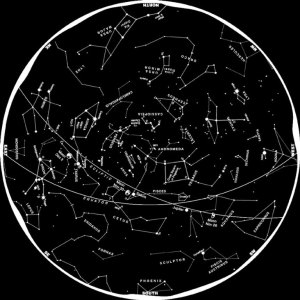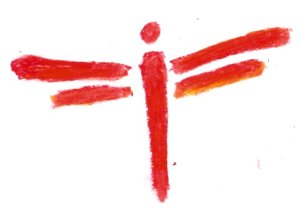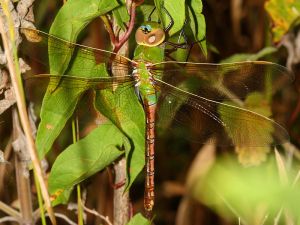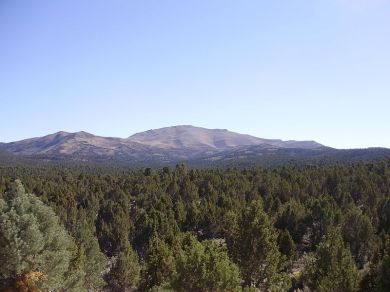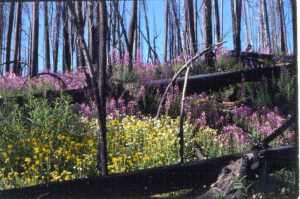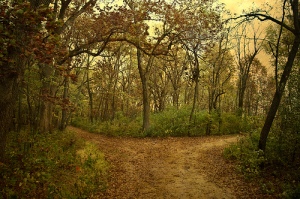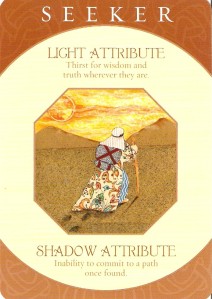Sh*t Ain’t Worthless
Note: This post is about excrement. The title is the only place I will censor myself, either in talking about the act or the stuff. If this is a topic that you are squeamish about, I suggest either finding one of my other lovely posts, or moving on to another blog.
There are images that get stuck in my head. These are the themes I use to write these post, and the images I explore with my therapist. Sometimes, the symbolism behind the images are so complex and overwhelming that I shelf them permanently (for instance, a while ago I had a dream about a snake with a broken back that was still alive and functioning as if nothing was wrong), other times, the image sticks in my mind, and insists that I examine them in great detail. The image of shit has definitely been the latter. About a month ago, I was feeling extremely depressed. I was stuck in a cycle of negative self talk, and what I kept saying to myself was “I’m a worthless piece of shit”. In my depression, I was invoking the image of shit as a substance that is to be extruded, flushed down the toilet, and forgotten. In the middle of the cycle, the image, first, of a dung beetle, then of a rich, well fertilized field came to mind, along with the phrase “shit ain’t worthless.”
Now, beyond the modern, western squeamishness about bodily functions, the symbolism of shit has been difficult for me to research, mostly because there is so much of it (both shit and literature on it). Not to mention the various words used to describe the substance–shit, excrement, feces, scat, poo, etc. Where to even start? I talked to my therapist about this…constipation, for lack of a better word, and we explored some of the symbolism together. Even with help on the research, I felt like I could only really explore the imagery that came to me during that bad episode.
The reason I colored the dung ball in the first picture to the left yellow is to invoke the sun. I don’t know much about Ancient Egyptian mythology, but I know that some of their legends states that the sun is rolled across the sky by a scarab, or dung beetle. Taking this to the logical conclusion, this would make the sun a giant ball of shit. This…makes a surprising amount of symbolic sense to me. I don’t know how much animal dung Egyptian farmers used on their fields–I know they depended on the flooding of the Nile to refresh nutrients. But, to have feces in the sky and feces on the ground nourishing the plants that are needed to sustain life has a beautiful symmetry to it.
The second image, that of soil, is one that re-occurs in my life. I live on the third floor, so what gardening I can do is restricted to pots and containers. I love the feel of soil, though. I love the rich darkness of it, I love the smell. I love the promise of new life, of nourishment and beauty.
Soil, though, is an interesting thing. If you break down the bits that go into making a good soil, you’d end up with shit, rotting plant matter, and dust. None of these on their own are very pleasant but combining them turns them into something magical. Soil becomes the heart of alchemy to me–it’s a substance that consists of horrible, noxious things but is in itself beautiful.
 When I was discussing this with my therapist, she asked me what I wanted to do with it. (And that’s the million dollar question, right?) I talked about taking this shit, the foulness in my life and turning it into something good. My therapist then asked where I thought I was in that process. When she did, I remembered an incident.
When I was discussing this with my therapist, she asked me what I wanted to do with it. (And that’s the million dollar question, right?) I talked about taking this shit, the foulness in my life and turning it into something good. My therapist then asked where I thought I was in that process. When she did, I remembered an incident.
My grandfather and two of my uncles are farmers, and live in a tiny village about 50 miles from the town I did most of my growing up in. Every year or two, we would go to one of their farms and get a truck load of manure to bring back to dig into our vegetable garden and flower beds. The year my sister was 16, she went by herself to pick up the manure, and our cousin overloaded the truck. She had a hard time driving home, and kept fishtailing because of the heavy load. She made it home safely, but was shaken by the incident (and more than a little upset at the cousin).
I feel like that’s where I am right now, is halfway home with a truck load of foul shit. It’s heavy enough that I can’t go as fast as I want and stay safe, but going slowly is a painful experience. I have to cling to the idea that when I get where I’m going (and I’m not sure where I’m going) that I’ll be able to turn it into something beautiful.
Until then, I’ll imagine a scarab taking my load of shit from me, forming it into a ball, and rolling it across the sky as the sun.
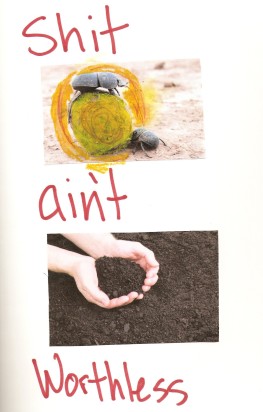
 If you are, suicidal or otherwise considering hurting yourself, please get help. There’s the
If you are, suicidal or otherwise considering hurting yourself, please get help. There’s the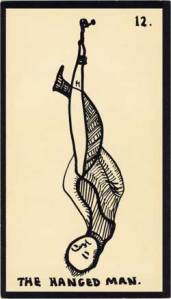
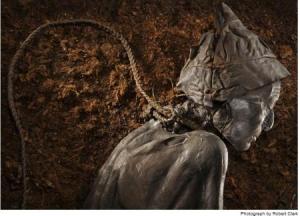
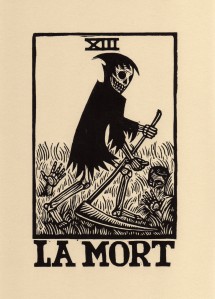
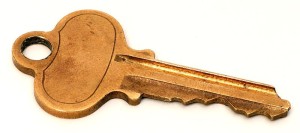
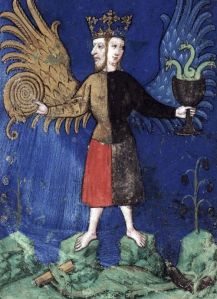
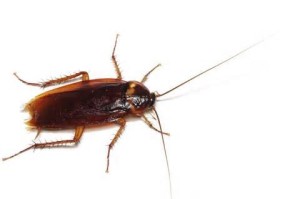 Cockroaches
Cockroaches